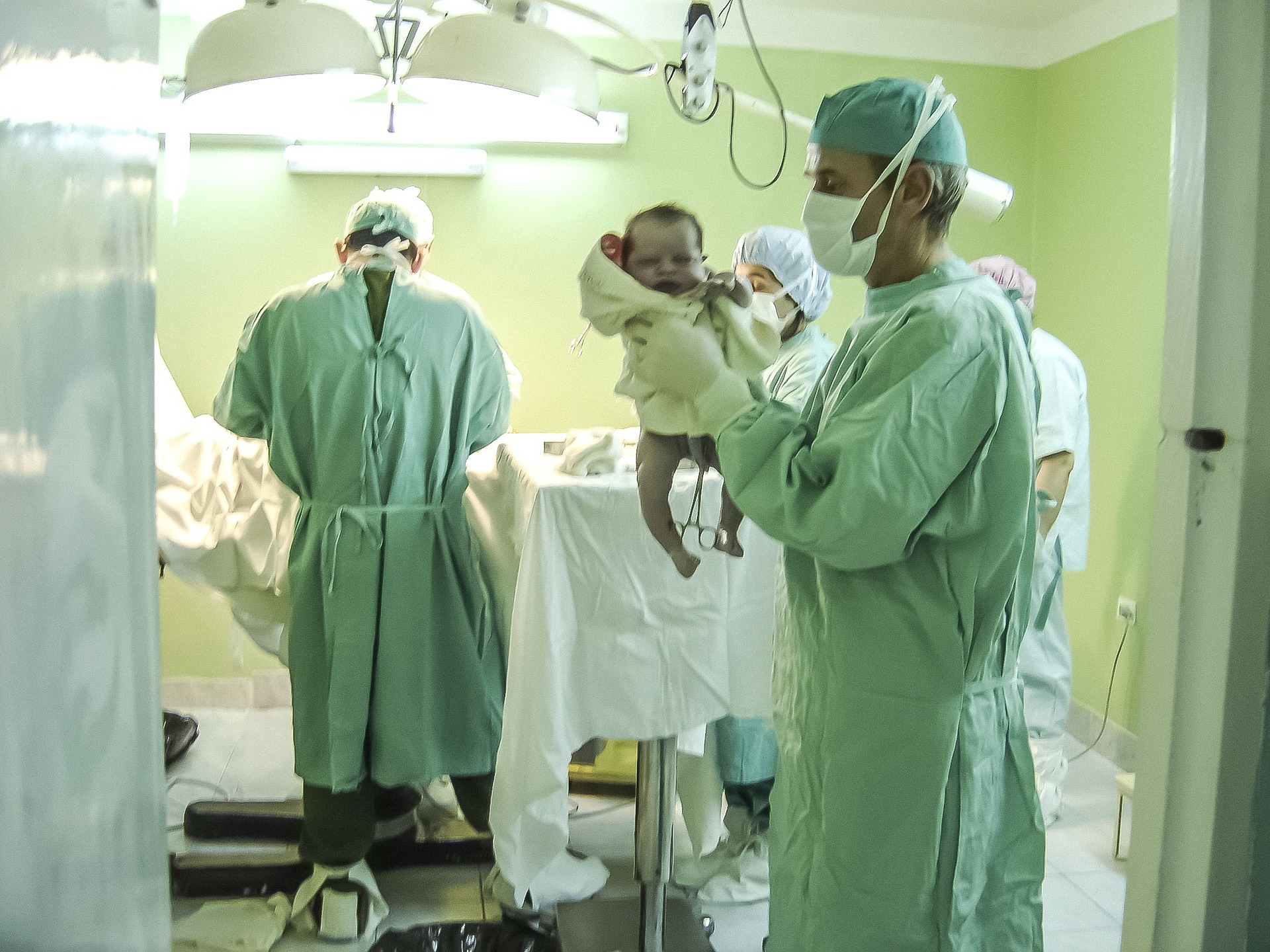When it comes to medical devices for babies and children, their development drags over five years behind regular medical equipment for adults. As a result, trying to fit the little ones into machinery that’s not specifically designed for their bodies might not generate accurate results, or even worse, it might pose risks to their health.

However, we’re increasingly improving the lack of devices we have so far. Health information exchanges have already changed the way patients and health care providers access medical histories to avoid miscommunication, decrease medication errors, and increase safety for adults and children alike. Furthermore, pediatric innovators have been awarded thousands of dollars as a means of accelerating the creation, testing, and marketing process.
Listed below are a few appliances with the power to optimize pediatric diagnoses and expertly care for our children:
Polymeric transcatheter valves
In the US along, 40,000 babies are born with congenital heart diseases (CHD) each year. Regular valves used in surgeries are usually manufactured with biological tissue, which the body’s immune system naturally gets rid of, thus decreasing the potency of the valve.
Additionally, the larger sizes available are unsuitable for smaller children–they work better in teenagers and adults. These factors increase the risk of repeated open-heart operations and may threaten infants’ lives.
On the other hand, PolyVascular valves are polymer-based and expandable, meaning they accompany children’s growth and adapt to their bodies. This prevents the need for multiple surgeries in a short time span.
Pigg-o-stat
You’ve probably seen funny images of little kids in a transparent device with their arms harmlessly propped up. That’s a Pigg-o-stat, a safe pediatric immobilizer for accurate x-ray results.
Since the 1960s, pediatricians relied on this machine for fast and effective sessions thanks to its ability to keep infants completely still. The same results wouldn’t be achieved if they could move during the procedure or the parents had to keep them stable.
If a Pigg-o-stat isn’t used, repeated x-rays are often required, and the child’s exposure to radiation is higher. Continuous radiation exposure can damage cells and cause cancer in the long term.
Prapela’s Baby Box
Baby boxes have been common in Finland ever since the 1930s, and they might be one explanation for the country’s low infant mortality rate. Prapela was awarded $25,000 at the fifth annual Pediatric Device Innovation Symposium for its baby box, which produces gentle vibrations called Stochastic Vibrotactile Stimulation (SVS) to calm fussy babies.
This innovation doesn’t disturb normal sleep patterns, doesn’t form habits, and works well with infants suffering from Neonatal Abstinence Syndrome (NAS). This syndrome occurs when the mother is a user of substances like opiates and barbiturates before the baby is born, which poses risks of withdrawal for the infant. This box relaxes the baby, easing the symptoms of dependency.
Hub Hygiene’s BioScrub
This innovative device received $50,000 at the previously mentioned symposium. It’s known for the cleaning technology that avoids CLABSI, short for “central line-associated bloodstream infections”. Incorrect cleaning of central venous catheter hubs cause 250,000 CLABSI cases in the US every year, and that doesn’t exclude infants.
The BioScrub is a cubic, spongy device that’s doused in isopropyl alcohol, which thoroughly disinfects hubs and absorbs bacteria. The technology is disposable, and it can be used routinely in clinics as a hygienic measure.
For extra protection and low mortality in pediatric settings, infants need adapted care. Their high vulnerability calls for the most advanced equipment experts can develop in order to control fatalities and promote healthy growth.
Sam
Recent Posts
- Castor Oil For Better Hair Growth: Is It Myth Or Fact?
- Exploring the Differences Between Sermorelin, Ipamorelin, Ibutamoren, GHRP2, and GHRP6: Understanding Their Role in Human Growth Hormone Regulation
- Unraveling the Mystery: Understanding the Causes and Prognosis of Ventricular Tachycardia Without Apparent Heart Disease
- Understanding Grandparents’ Rights in Oklahoma: Navigating Visitation and Legal Protections
- 10 Reasons to Consider Hypnotherapy for Your Health

